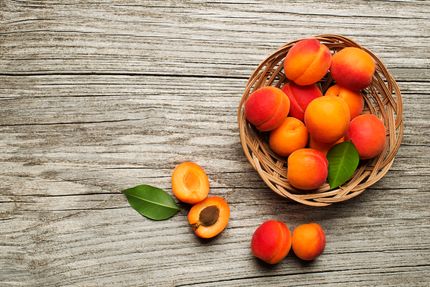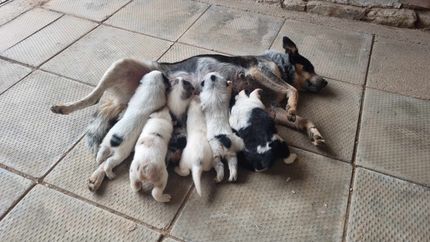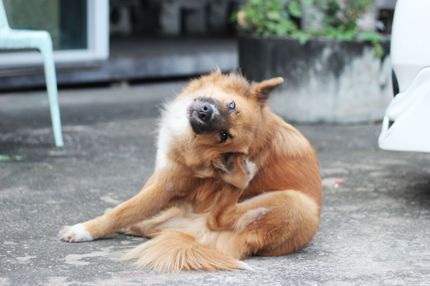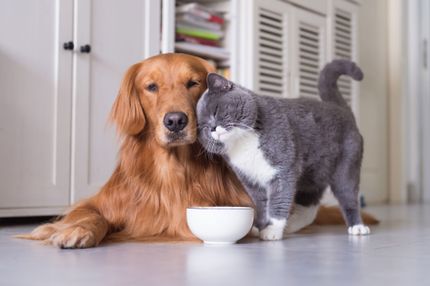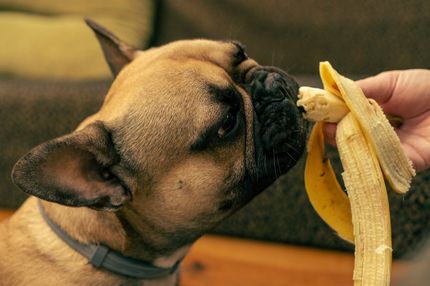Facts & Origin
Origin & History
The Polish Hound, also known as the "Ogar Polski", is a traditional dog breed that originated in Poland. The history of this breed goes far back into the Middle Ages and it has undergone numerous developments over the centuries.
- Ancient roots: There are already references to the existence of these dogs in Poland in medieval writings and works of art.
- Breeding and evolution: Over time, the Polish Hound was crossed with other hunting dog breeds in order to refine its game hunting abilities. Their development was strongly influenced by the geographical and climatic conditions of Poland.
Suitability
The Polish Hound is primarily a hunting dog and is characterized by its distinctive nose and enduring running ability.
- Hunting abilities: These dogs specialize in hunting wild boar, deer and foxes. Their loud barking helps hunters to locate them even over long distances.
- Family-friendliness: Away from the hunt, the Polish Hound is affectionate and family-friendly. With appropriate training and socialization, it integrates well into everyday family life.
- Activity level: It is important to note that these dogs have a high activity level and need regular exercise and mental stimulation. A large garden or regular outdoor excursions are ideal for this energetic breed.
Overall, the Polish Hound is an impressive dog breed with a deep-rooted history in Polish culture. Their hunting abilities make them a valuable companion for hunters, while their affectionate nature makes them a beloved family member, provided their needs are met.
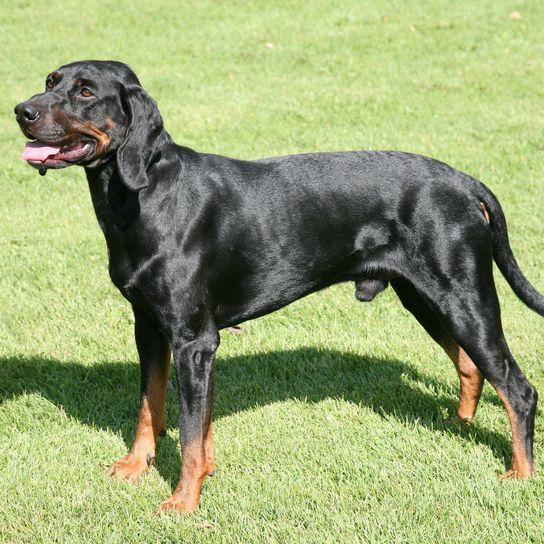
| Alternate Name | Ogar Polski |
| Origin | - |
| Life expectancy | 12 - 14 years |
| Care requirements | low-maintenance |
| Activity level | average |
| FCI group | Scent hounds |
| AKC group | not recognised |
| KC group | not recognised |
Attitude, character and temperament of the breed
Basic character
The Polish Hound, also known as the Ogar Polski, is more than just a hunting dog. At heart, it is loyal, affectionate and has a pronounced need to please its human.
Character traits at a glance
- Willing to work: Originally bred for hunting, the Polish Hound has a strong drive. Their intelligent and focused nature makes them an ideal hunting partner.
- Family-friendly: Despite its hunting instinct, it is also a loving family dog. They generally get on well with children, although early socialization is helpful.
- Loyal: Their loyalty to their family is remarkable. It forms a deep bond with its owner and often shows protective instincts.
- Active: The Polish Bracke needs plenty of exercise and mental stimulation. An active home is therefore ideal for them.
Social behavior and training
The Polish Bracke is generally socially compatible. However, their hunting instinct can come through in encounters with smaller animals. Early and consistent training, especially in terms of recall and leash training, is therefore essential.
Summary
The Ogar Polski, or Polish Hound, is a versatile dog that excels both in the field and in the house. With its combination of intelligence, loyalty and energy, it is an asset to both active individuals and families. However, proper socialization and training are essential to get the best out of this impressive breed.
Character
Grooming requirements
The Polish Bracke has a short and smooth coat, which is considered easy to care for. However, this does not mean that grooming can be completely neglected:
- Regular brushing: Brushing once a week is sufficient to remove loose hair and keep the coat shiny.
- Bathing: Only when necessary. Excessive bathing can strip the coat of its natural oils.
- Ear check: Ears should be checked regularly and cleaned if necessary to prevent infection.
Health aspects
Although the Polish Hound is known as a hardy breed, there are some health vulnerabilities:
- Hip dysplasia: A common condition in medium to large sized dogs.
- Ear infections: Due to their droopy ears, they are prone to ear problems.
Regular veterinary examinations are recommended to detect potential health problems at an early stage.
Breeding
Breeding the Polish Hound requires knowledge of the breed and the responsibility to breed healthy and characterful puppies:
- Breeding standard: breeders should follow the breed standard set by recognized clubs and associations.
- Health tests: Before breeding, both parents should be tested for known health problems.
- Socialization: Early socialization of puppies is crucial for their development into well-adjusted, well-balanced dogs.
Summary
The care of the Polish Hound is uncomplicated compared to other breeds. Nevertheless, their health and, above all, responsible breeding require attention and commitment. Regular check-ups and a good knowledge of the breed's typical health problems help to ensure that this wonderful breed lives a long and healthy life.

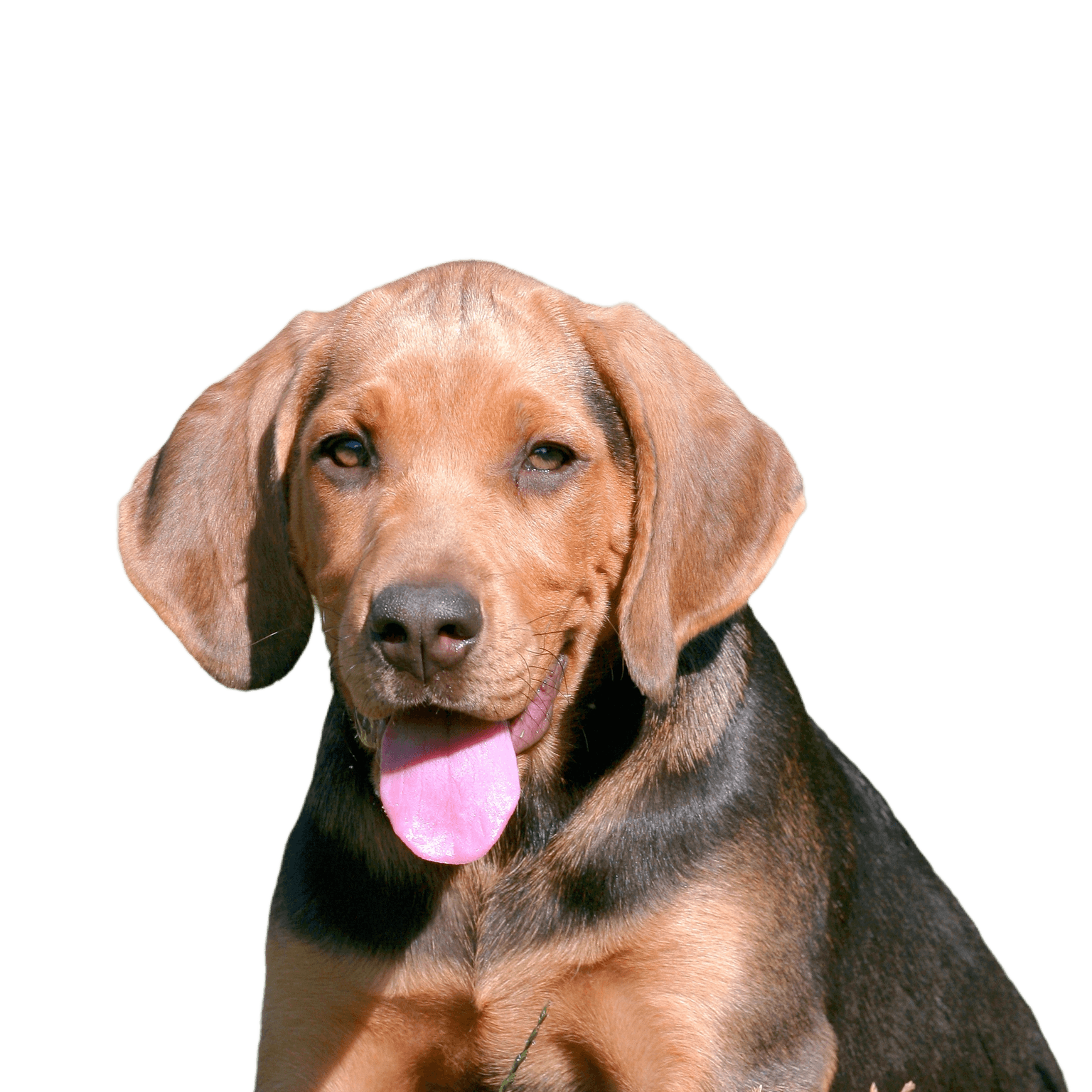
Appearance and coat texture
The Polish Hound, also known as the Ogar Polski, impresses with its harmonious, well-proportioned appearance. Their coat is characterized by a short and smooth texture. While the base color is predominantly black, red markings appear on certain parts of the body, such as cheeks, eyebrows and legs. The coat is described as dense and weatherproof, which protects the dog from extreme weather conditions.
Size and weight proportions
When looking at sexual dimorphism, there are differences in size and weight:
Males:
- Height: Between 55 and 60 cm
- Weight: In the range of 20 to 25 kg
Bitches:
- Size: Often between 50 and 55 cm
- Weight: Often between 18 and 23 kg
Thanks to this robust size and compact build, the Ogar Polski is often described as strong and hardy.
Summary
The Polish Hound presents itself as a proud, well-proportioned hunting dog with a short, smooth coat that is predominantly black with red markings. The marked differences in size and weight between the sexes emphasize the versatility and adaptability of this breed to various hunting tasks. The coat, which is both dense and weatherproof, enables this dog breed to work in a wide range of climatic conditions. A real eye-catcher for every dog lover!
| Fur length | short |
| Fur | flat coated |
| Ear shape | Floppy Ear |
| Tail | lang |
| Anatomy | strong |
| Size ♀ | 55 - 60 cm |
| Weight ♀ | 20 - 26 kg |
| Size ♂ | 56 - 65 cm |
| Weight ♂ | 25 - 32 kg |
| Suitable For | Children |




